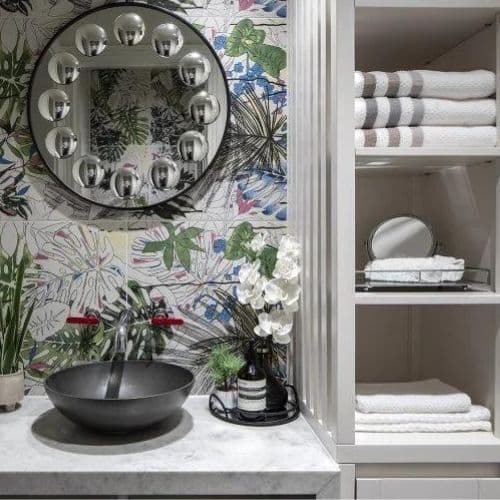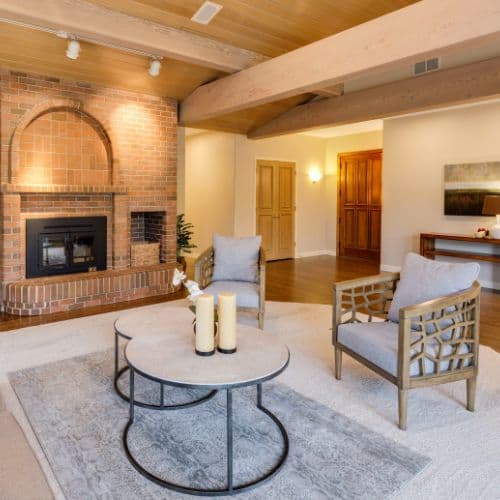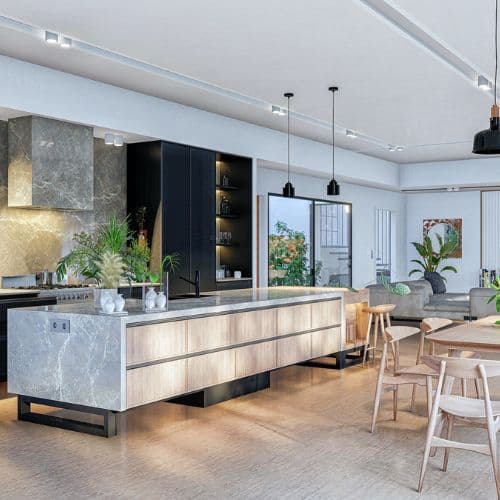
Here are the best ways to encourage clients to take the next step and choose you for their design project.
A new client gets in touch, asks you for details, and discusses their project with you, only to disappear without a trace. No call-back, no-reply email to your follow-up. It becomes even more frustrating if you’ve already spent a significant amount of time to provide the client with quotes, consultation, or when you just felt like you had an excellent discussion.
If this is something that seems too familiar or if you’ve been struggling to convince clients to get on board, we've got you covered.

It’s competitive out there, so once you have a lead, get in touch with the client as soon as possible. You don’t want to wait too long to make contact and risk giving your competitor a chance to make the first connection. According to Harvard Business Review, less than 40% of companies make the first call within an hour, even though this is an excellent opportunity to set yourself apart from the competition.
In today’s world, people are busy, so there’s always the chance that the client won’t take the call, so if you have their email address, put it to good use and send a follow-up email too. After all, if they gave you their contact details, they would be looking to hear from you. You’ll make many calls that will go unanswered – unfortunately, that’s inevitable. According to the report by a leading sales and marketing research institute, it takes an average of 18 calls to actually connect with a buyer. It is recommended that once you have a lead or an enquiry, you should make up to three calls during the first few hours. If you still can’t get a hold of the client, wait for 4 to 5 days, and then call again. Almost the same rules apply to email enquiries, where you should try your best to respond within the first 20 minutes. If you don’t hear back, write a follow-up email after 4 to 5 days. If all initial attempts (call and email) are unsuccessful, make a final attempt on day 15.
If your initial calls went unanswered, it’s a good strategy to leave voicemails. People may not always want to answer their phones but they do check their messages. A key to leaving a voicemail that’s likely to be responded to is to keep it short. Stick to the information they have requested for example the lead time for any product or service they’re interested in. For both voicemail and email, it’s recommended to add a question so that the client is encouraged to respond and take action.
Talk to a one of our designers now or book an appointment.

Book A Video Chat
Book a zoom consultation and we’ll advise you on furniture, space planning, wardrobes and more.
Book A Video Chat
Book A Showroom Visit
Let our experts guide you through our 30,000 sq. ft. showroom with over 700 luxury brands under 1 roof.
Book A Consultation
Email, call or book a virtual video chat with our sales team. Ask questions with no obligations.
Chat NowOnce you’ve made the connection with the client, it’s your sales pitch that will make or break the deal. So prepare a pitch that convinces the client how hiring you would be the best decision for them. It’s essential to explain what differentiates you from the competitor and what unique capabilities or insights you offer.
In the case of homeowners, most of them are looking for a designer who has worked on projects that are similar to theirs – it makes it easier for them to trust in your capabilities. That’s why it’s critical for you to intimately understand your client’s requirements and tailor your sales pitch according to those needs. Once you’ve given the prospective client an overview of your company and what distinguishes you, the next step is to talk to them about their expectations and address any concerns that they have. Listen carefully to what they are saying and take note of any subtle nuances that may be forthcoming. These nuances are oftentimes cues to their vision for their project, without them even realising it.
Finally, share with the prospective client how your expertise, knowledge and skills are the ideal fit for their project. Use visuals, case studies and testimonials as ways to reinforce your key strengths.
Once you’ve made the initial contact, met with the prospective client and delivered your sales pitch, it’s crucial to stay in touch with the client and help them to overcome any uncertainty that is preventing them from committing to you. Remember, acquiring a new client is a long journey and after the first meeting you might need to make several phone calls and send a fair amount of emails before it happens, so don’t get discouraged.
Ensure that any material you send to the client is relevant and valuable for them, and subtly encourages them to take action. This process becomes easier if you’ve asked the right questions upfront and have understood the client’s needs as the material that you send them will address their pain points and any apprehension they may be having.

If you’ve been contacting homeowners frequently but you’re not getting the desired response, the first thing you need to know is that you’re not alone. One of the main reasons for not getting a response is simply that your clients are busy. No one has the time to go through every email they get, which is why most emails go unanswered. According to recent studies, the number one reason individuals unsubscribe from company emails or delete them without reading is “they get too many emails in general.”
Phone calls are not any less challenging than emails as the majority of business calls made during working hours go unanswered. The reason for this is that most people don’t prefer to take business calls when they’re at work or oftentimes they are stuck in meetings and cannot take your call. Therefore it’s important to consider why your potential clients are not responding and modify your follow-up strategies accordingly.
It takes homeowners some time to finalise their renovation or building plans and more than half of the leads in the market are not yet ready to make any purchases. It’s for this reason that you have to devise a long-term strategy to ensure these leads don’t go unattended but are rather diarised for follow-up based on your assumptions on their respective “ready-to-talk” status.
With a medium- to long-term nurturing strategy, you may need to check in with your leads a few times a year before they finally sign a contract with you. One of the best ways to do this is by adding the potential client to your mailing list and sending them promotions or newsletters that they will find valuable, but that also establishes you as a credible, industry player – attributes that build trust and will see you sign up new clients on a continuous basis.
Get In Touch
Book A Video Chat
Book a video consultation and we'll advise you on furniture, space planning, colour schemes and much more.
Book A ConsultationVisit Our Showroom
Book a visit to our stunning, multi award-winning, 30,000 sqft.
Over 700 brands under 1 roof.
Sign up for weekly inspiration
Stay ahead of the crowd with our Interior Design inspiration, new furniture trends & trade tips.








Transparency's kind of our thing.
Here's what real customers have to say about us.
